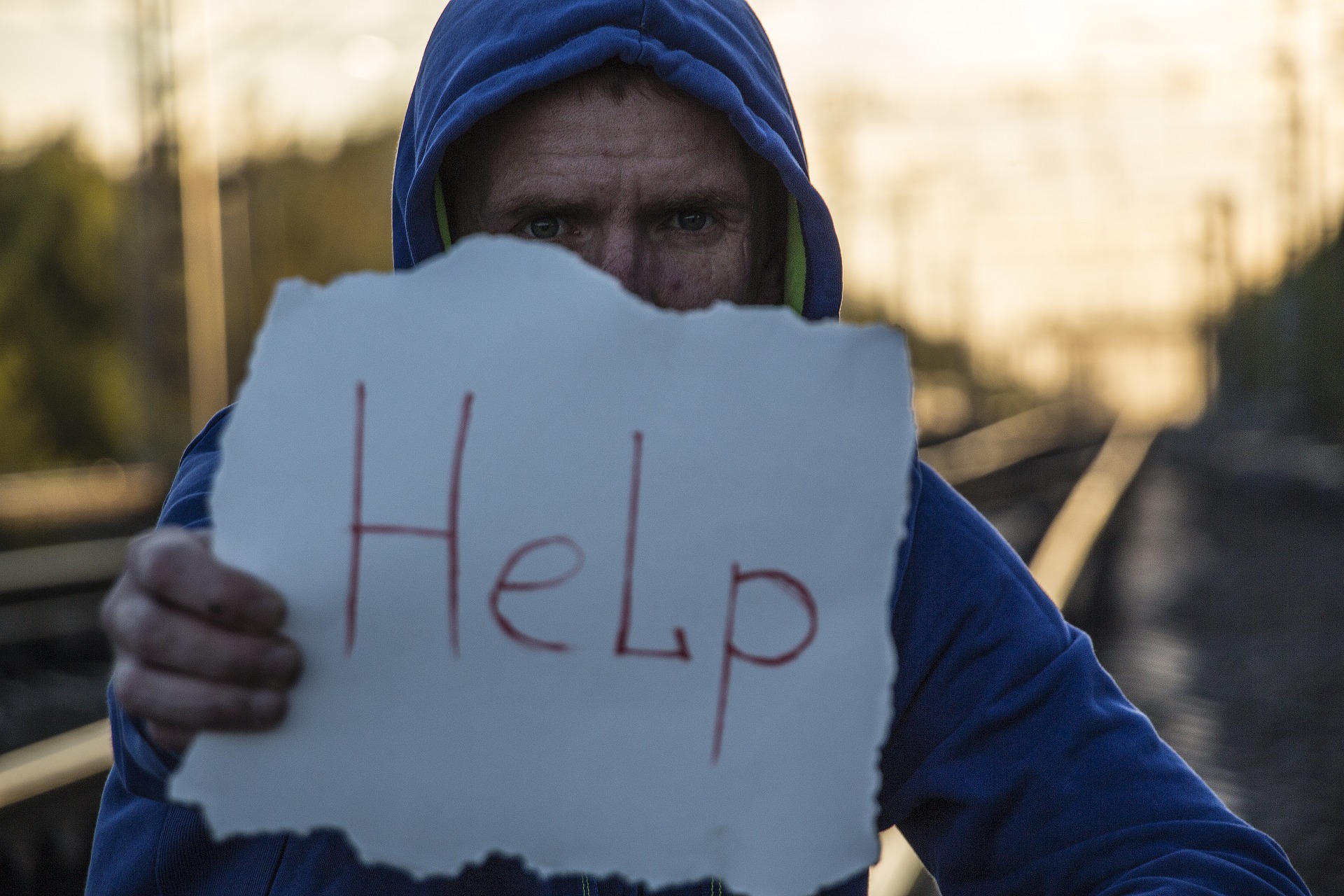When a gunman killed 17 people at a Florida high school last week, youngsters around the globe watched the terrifying images and accounts unfold in real time. By the end of the day on Feb. 14, children with social media knew the name of the suspect, learned which classrooms the students were in and, in some cases, saw videos of the dead.
That was possible because, during the attack, many students tweeted about what was unfolding in real time. Posting pictures from underneath the desks where they were hiding. Students also uploaded videos of the shooting to the messaging app Snapchat.
The tragedy at Marjory Stoneman Douglas High appears to be the first major school shooting of the social media age in which students shared the shocking images in near-real time with young people elsewhere.
Experts say the images have the potential to scar kids watching from afar, potentially triggering post-traumatic stress and perhaps numbing them to the violence and causing them to fall into apathy. But the scenes might also galvanize a generation and lead young people to press for change on the political level.
But students defend the idea that, ultimately, they’re giving you an experience that nobody has had before. You hear the gunshots that they heard; you see the blood that they had to see. It is something that will haunt you just as it is haunting all of them.
Five million watched an online video of a SWAT team evacuating a classroom at the school, posted online by a pupil’s sister. In it, one child’s hands can be seen trembling uncontrollably. Will any of this make a difference to America’s gun control debate?
Snapchat videos will undoubtedly provoke emotions in a way that the traditional media cannot. But some of the posts are hugely distressing not only because they show bloodied bodies, but because they remind us the victims are children.
To read these posts is to feel the moment-by-moment agony of the students. This wouldn’t be possible without the mobile phones that allowed them to communicate and, later, to share their fraught exchanges.
In the wake of the deadly shooting rampage, some campuses are now turning to anonymous tip apps as a way of preventing school shootings, urging students to speak up before a tragedy occurs.
